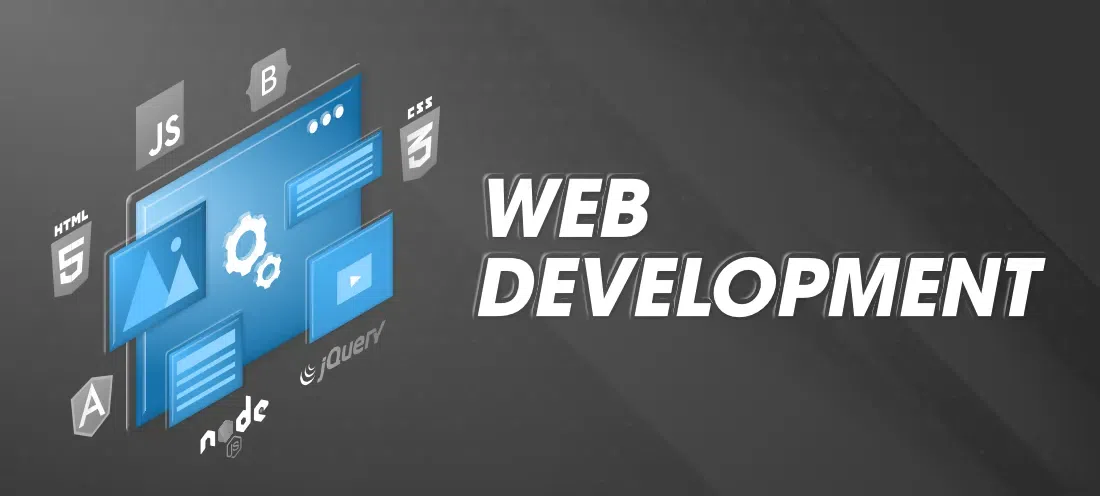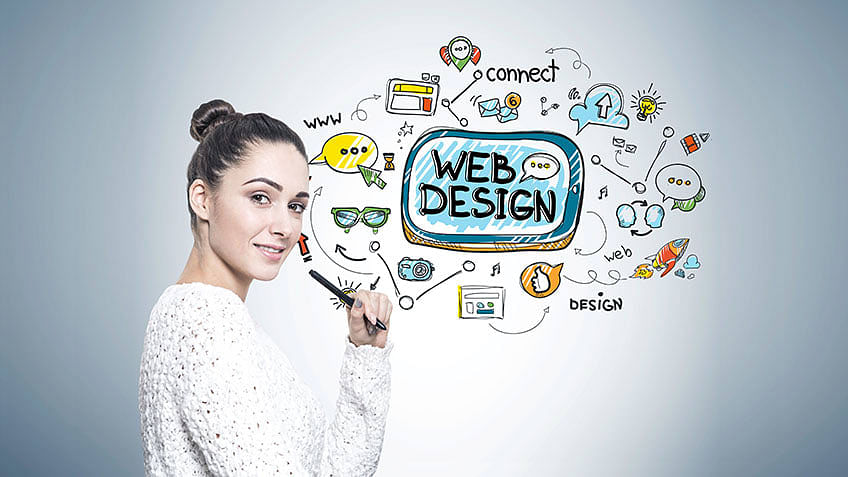Aligned Position Web Design: Professional Web Development to Maximize Your Online Impact
Aligned Position Web Design: Professional Web Development to Maximize Your Online Impact
Blog Article
The Ideal Sorts Of Website Design to Improve Customer Experience and Involvement
In the ever-evolving landscape of digital communication, the effectiveness of Web design significantly affects individual experience and involvement. Different layout methods, such as minimalist, responsive, and interactive designs, each offer special advantages that can cater to varied user needs.
Minimalist Web Style
As electronic landscapes come to be significantly cluttered, minimalist website design has actually arised as a powerful strategy to boosting customer experience. This design philosophy focuses on simplicity, concentrating on vital components while getting rid of unneeded distractions. By making use of ample white room, simple navigation, and a limited shade scheme, minimal design promotes clarity and directs individual attention to crucial web content.
The core concept of minimal website design is to develop a smooth communication for individuals. By decreasing cognitive load, users can swiftly realize info without really feeling overwhelmed. This straight method not just improves usability but likewise motivates engagement, as site visitors are most likely to check out a website that is visually attractive and very easy to navigate.
Additionally, minimal design frequently emphasizes typography and images, using these components strategically to communicate messages properly. This concentrate on important parts can improve brand identification and create a memorable user experience. Essentially, minimal website design is not simply a trend; it is a thoughtful technique that identifies the importance of user-centered design. By stripping away additional components, developers can create a more engaging, reliable, and satisfying Web experience for all individuals.
Receptive Website Design
In today's varied digital setting, responsive Web style has ended up being necessary for producing a smooth user experience across a plethora of gadgets. As customers gain access to websites on mobile phones, laptops, desktops, and tablets, the capability of a web site to adapt its layout and content to different display sizes and resolutions is essential.
Responsive website design employs versatile grids, pictures, and CSS media questions to make certain that Web content is presented ideally, no matter the device used. This method not only enhances the aesthetic allure of an internet site but likewise considerably boosts functionality. Customers are a lot more likely to engage with a site that supplies a regular experience, as it eliminates the irritation of needing to zoom in or scroll excessively.
In addition, search engines, including Google, focus on mobile-friendly internet sites in search rankings. By taking on receptive layout, services can boost their presence and get to a broader audience. This approach likewise streamlines web site maintenance, as a single variation of the site can cater to all gadgets, lowering the requirement for numerous versions. In summary, responsive Web design is a basic method that enhances individual experience, engagement, and general contentment.
Interactive Website Design
Receptive website design lays the groundwork for boosting individual experience, but interactive Web design takes this a step even more by engaging individuals in a much more dynamic method - Aligned Position Web Design. By including components such as animations, clickable prototypes, and real-time responses, interactive website design mesmerizes individuals, attracting them into a richer browsing experience
This approach not just fosters involvement yet also urges customers to explore material actively as opposed to passively consuming it. Strategies such as gamification, where customers earn incentives for finishing jobs, can considerably boost the moment spent on a site and enhance overall complete satisfaction. Interactive features can simplify complicated details, making it a lot more absorbable click over here and delightful.

Integrating interactive style elements can additionally result in higher conversion prices, as customers are most likely to engage with a website that proactively involves them. Aligned Position Web Design. Inevitably, interactive website design changes customer experiences into unforgettable trips, making certain that visitors return time after time
Apartment Design
Defined by its minimalistic approach, flat layout highlights simpleness and performance, removing unneeded elements and concentrating on vital attributes. This layout viewpoint prioritizes functionality, making sure that users can browse interfaces with ease and performance. By utilizing a clean visual, level layout gets rid of the mess usually discovered in extra ornate designs, consequently improving user focus on material and functionality.
The hallmark basics of level design exists in its use of vibrant shades, simple typography, and geometric shapes. These aspects add to a visually appealing user interface that internet is both modern-day and approachable. In addition, level style promotes a feeling of clarity, enabling customers to discern crucial activities and info without interruption.
Additionally, flat style is particularly reliable in responsive Web layout, as its simpleness translates well across numerous devices and display dimensions. The lack of detailed appearances and gradients reduces filling times, which is crucial for keeping user interaction. As digital landscapes proceed to develop, flat style stays a pertinent selection for developing easy to use web sites that improve general experience. By focusing on vital features, level layout not just meets customer demands but also encourages smooth communication, making it a vital element of reliable Web layout methods.
Adaptive Web Style
Adaptive Web layout customizes the individual experience by developing several fixed layouts tailored to different display sizes and tools. Unlike responsive style, which fluidly readjusts a solitary format, flexible style uses unique layouts for specific breakpoints, guaranteeing optimal discussion on numerous systems. This technique enables designers to focus on the distinct features of each tool, boosting usability by supplying specifically what users require based upon their context.
One of the key advantages of flexible Web layout is its capability to enhance tons times and performance. By offering customized web content and photos that fit the individual's tool, internet sites can decrease data use and enhance loading rates. This is especially beneficial for individuals with slower links or restricted information strategies.

Furthermore, flexible layout promotes an extra regulated and regular branding experience. Considering that developers create several layouts, they can make sure that the aesthetic elements align with the brand's identification throughout various platforms - Aligned Position Web Design. This leads to a cohesive individual experience, boosting interaction and advertising individual retention
Conclusion
Minimalist design fosters quality and emphasis, while responsive design ensures adaptability throughout different devices, advertising accessibility. Jointly, these style comes close to contribute to the development of user-friendly settings that not just enhance fulfillment but also drive greater conversion rates, underscoring their critical importance in modern Web layout methods.

Minimal layout fosters quality and emphasis, while receptive layout ensures adaptability across various devices, advertising access. Jointly, these layout comes close to add to the production of straightforward settings that not just enhance satisfaction however additionally drive greater conversion prices, highlighting their vital value in contemporary Web design techniques.
Report this page